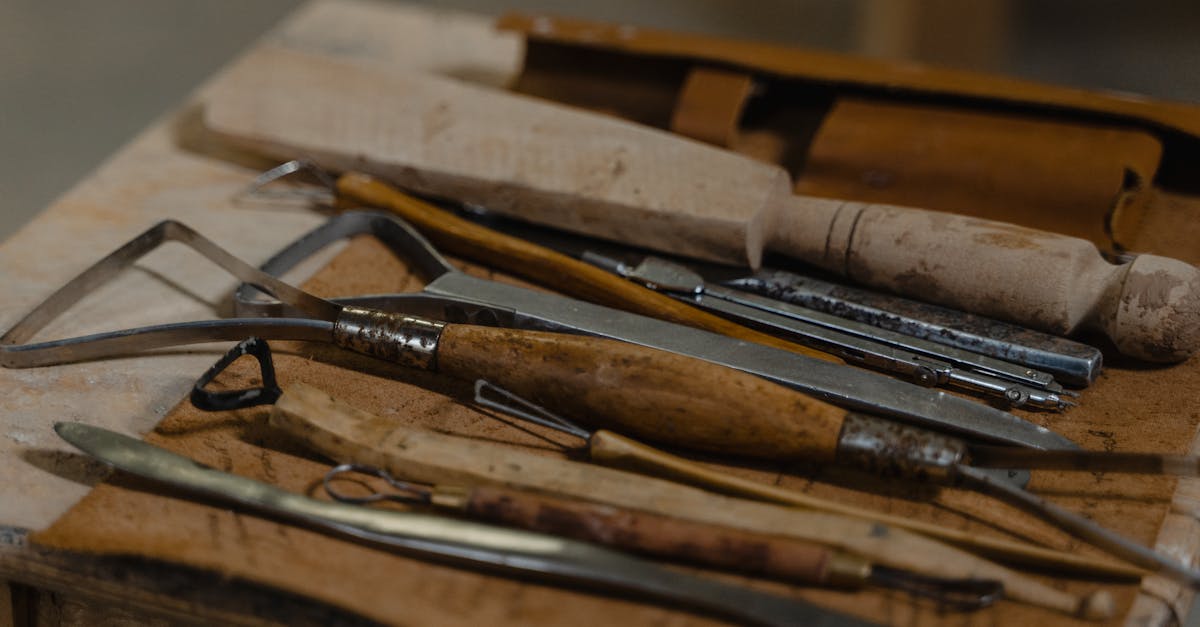Published on:
8 min read
Understanding Mold Removal: Protecting Your Home and Health
Mold in your home can pose serious health risks and degrade your living environment. This post dives into the essentials of mold removal, highlighting prevention, identification, and remediation strategies to ensure a safer place for you and your family.

The Health Risks of Mold Exposure
Mold spores are present in almost every environment, but when they find a damp area in your home, they can grow rapidly. Mold can trigger a range of health issues, particularly for those with allergies, asthma, or compromised immune systems. Common symptoms of mold exposure include sneezing, coughing, eye irritation, and skin rashes. Moreover, prolonged exposure can lead to more severe respiratory issues and infections. Understanding the potential health risks associated with mold is crucial in valuing the necessity of its removal. Hence, regular home inspections and addressing dampness can significantly minimize exposure risks.
Identifying Mold in Your Home
Mold often goes undetected until it becomes a significant problem. The first step to effective mold removal is identifying its presence. Look for telltale signs such as a musty odor, discoloration on walls or ceilings, or visible mold growth in damp areas such as basements and bathrooms. It’s also important to check hidden areas like behind tiles, in air ducts, and under carpets. Additionally, if you notice humidity levels above 60%, it’s a strong indicator that mold may thrive in your home. Recognizing these signs early can help you take action before a minor issue escalates into a full-blown infestation.
Effective Mold Removal Strategies
Once you’ve identified mold in your home, it’s crucial to act quickly to remove it. Start by ensuring the affected area is well-ventilated. For small patches of mold, a mixture of water and vinegar can be effective. Scrub the moldy area thoroughly and dry it completely after cleaning. However, for larger infestations, it’s best to seek professional help. Professionals can assess the damage, handle hazardous materials safely, and ensure the mold doesn’t return. After removal, implementing measures like dehumidifiers, proper ventilation, and regular inspections can prevent future growth, safeguarding your home and health.
Conclusion: Prioritize Mold Prevention
In summary, mold is not just an aesthetic issue; it poses real health threats that can affect you and your family. Regular inspections, effective cleaning methods, and preventive measures are key to managing mold growth. Prioritize your health and your home by staying vigilant against mold, and don't hesitate to seek professional help if needed. A mold-free environment is vital for a safe and healthy living space.
Published on .
Share now!










